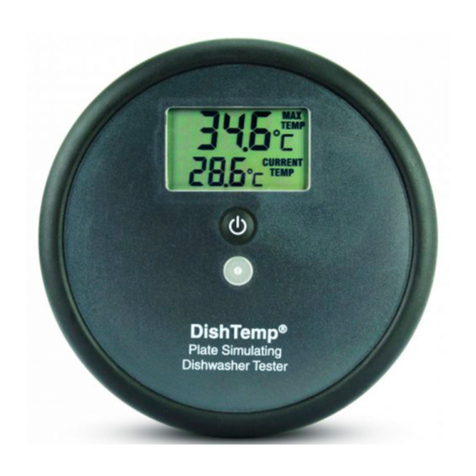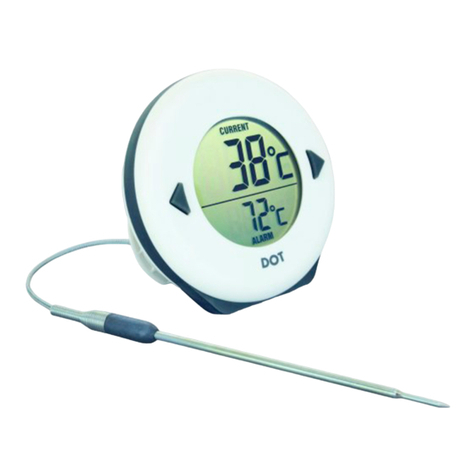
For your safety
VII
■Product handling information
●Operational precautions (instrument)
・Only use the product including accessories for their intended purpose.
・Do not drop, crash, or give any physical impact on the instrument.
・The instrument is made of solvent-resistant materials but that does not mean it is
resistant to all chemicals. Do not dip the instrument in strong acid or alkali solution, or
wipe with such solution.
・If the instrument is dropped into water or gets wet, wipe it using soft cloth. Do not heat
to dry it with a hair-dryer (or the like).
・The instrument has a dust-proof and waterproof structure. Waterproof performance is
following specification: the instrument does not malfunction even when immersed in
water of 1 m depth for 30 minutes.
This does not mean to guarantee non-destructive, trouble-free, dust-proof, and
waterproof performance in all situations. If the instrument is correctly handled
according to the descriptions in this manual, the instrument provides dust-proof and
waterproof performance.
・When replacing the batteries with an AC adapter or a serial cable connected the
instrument does not have the dust-proof and waterproof performance. The dust-proof
and waterproof performance is maintained only when the covers are attached
correctly.
・After replacing the batteries with an AC adapter or a serial cable connected make sure
that the waterproof packing attached to each cover is not deformed or discolored, or
has foreign matter adhering to it. If the waterproof packing is deformed, discolored or
has foreign matter adhering to it, or dust could get inside, water leaks could occur that
could lead to instrument malfunction.
・To disconnect an electrode, AC adapter cable or serial cable, hold the connector and
pull it off. If you pull at the cable, it may cause a breakage.
・The RS-232C communication between the instrument and a personal computer
(referred to as PC in the rest of this document) may fail because of environmental
conditions, such as (radio/electromagnetic) noise.
・Do not replace the batteries in a dusty place or with wet hands while an AC adapter or
a serial cable is connected. Dust or moisture could get inside the instrument, possibly
causing instrument malfunction.
・Do not use the tip of a nail or an object with a sharp end to press the keys.
・If the power supply is interrupted while measurement data is being saved in the
instrument, the data could be corrupted.
・A NiMH rechargeable battery can be used in this instrument, but the battery used in
the instrument cannot be charged using the AC adapter.






























